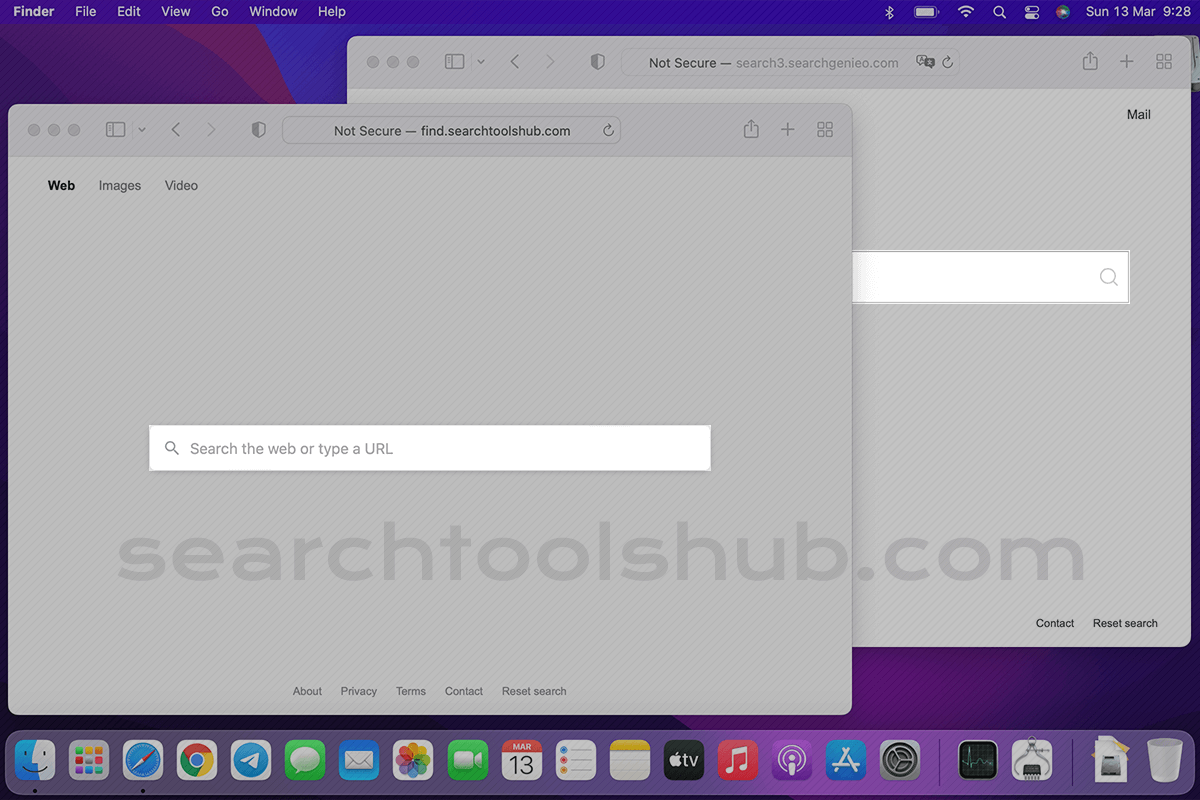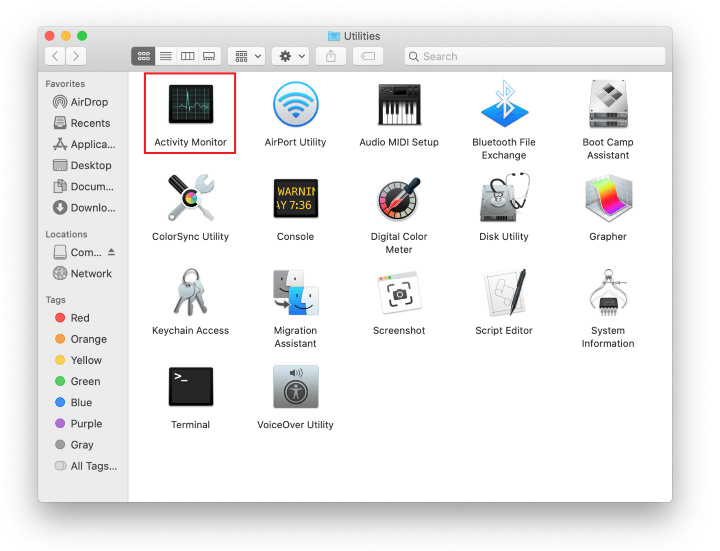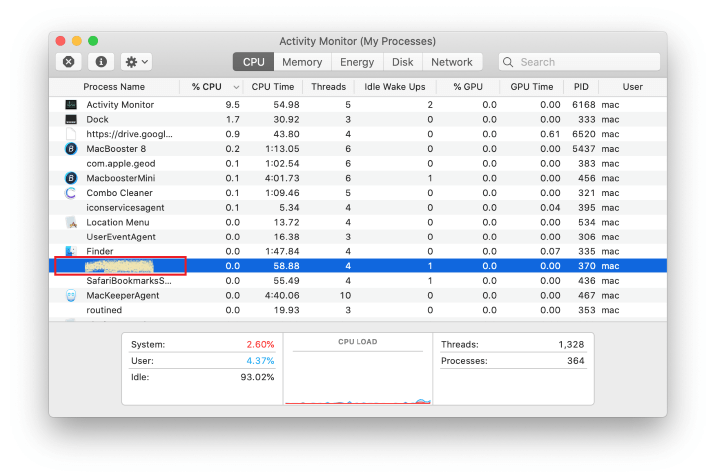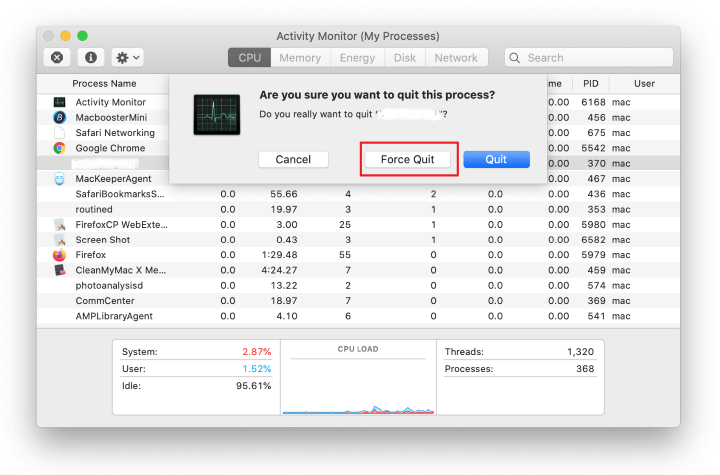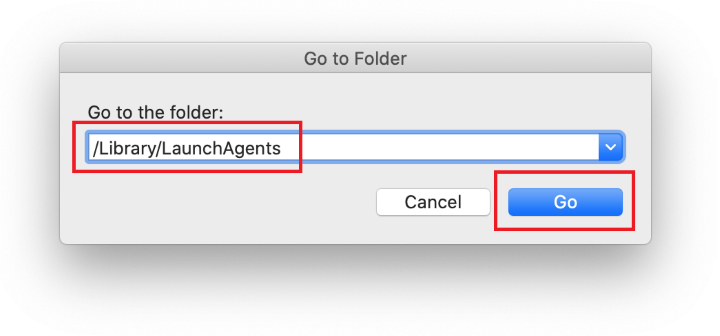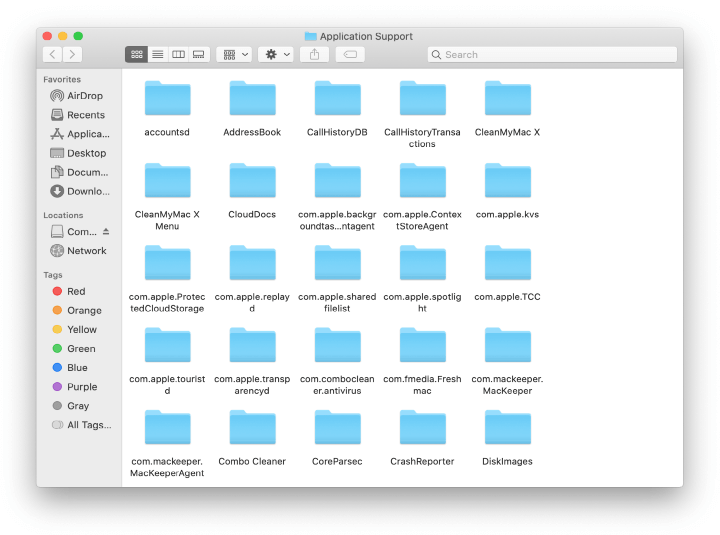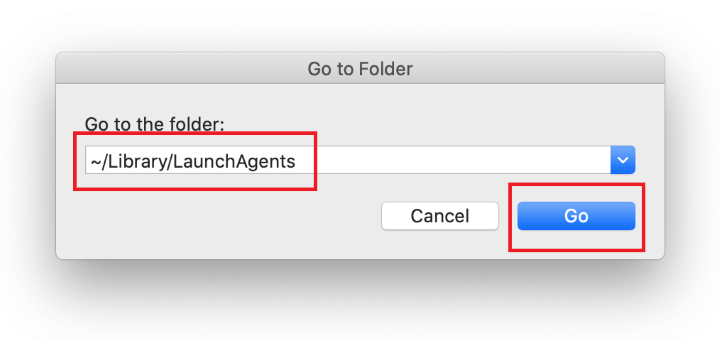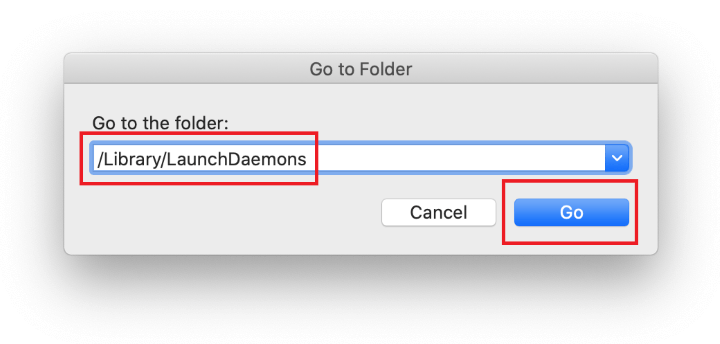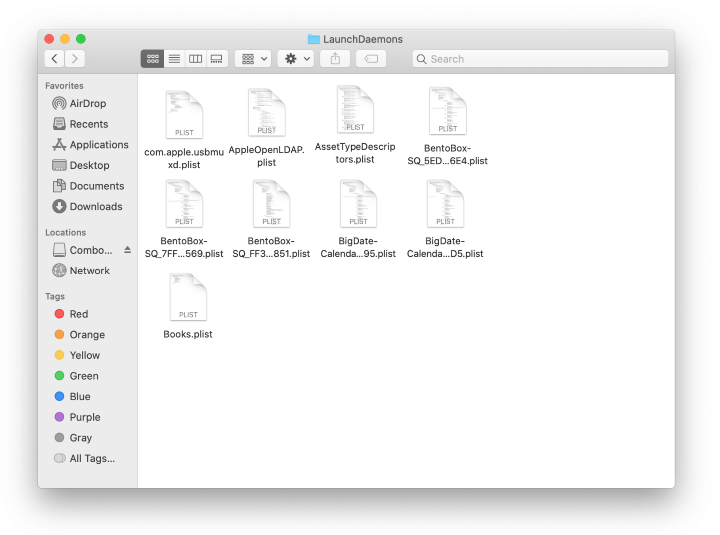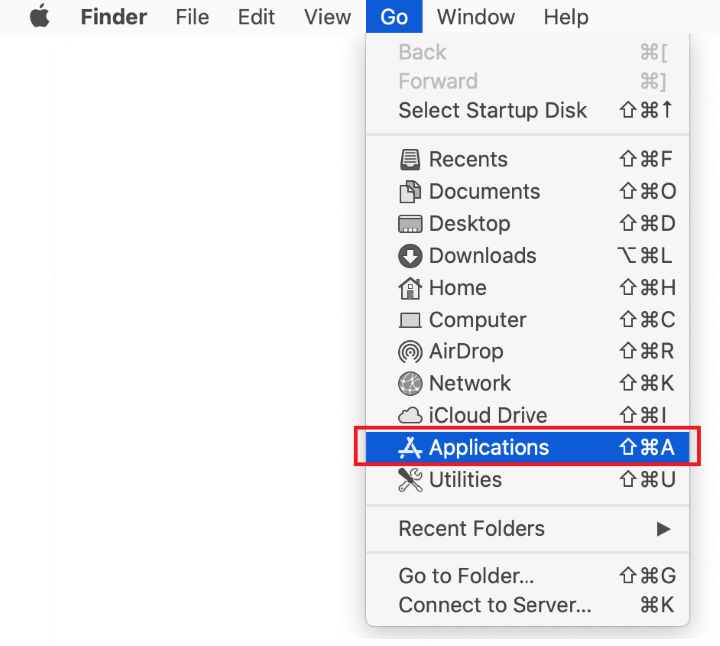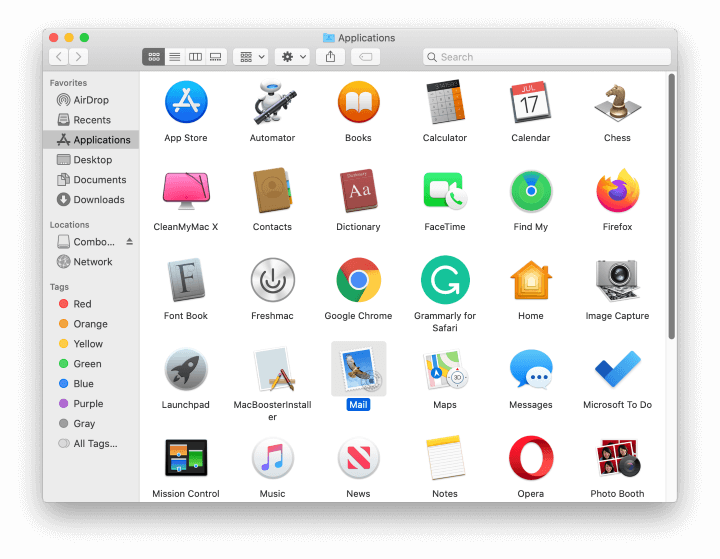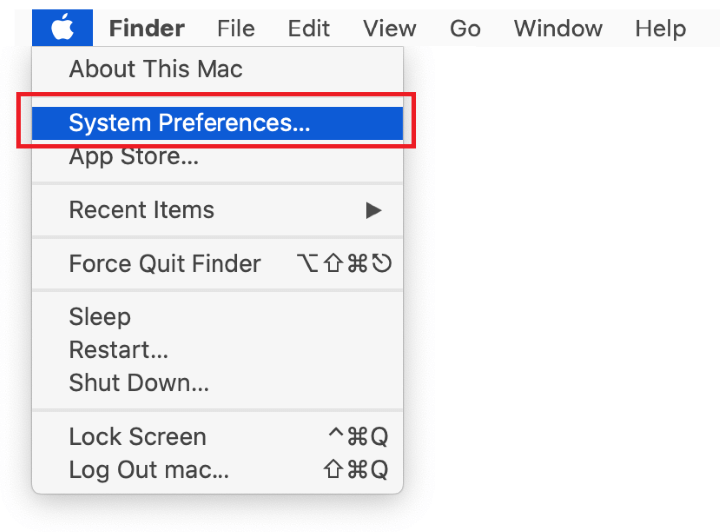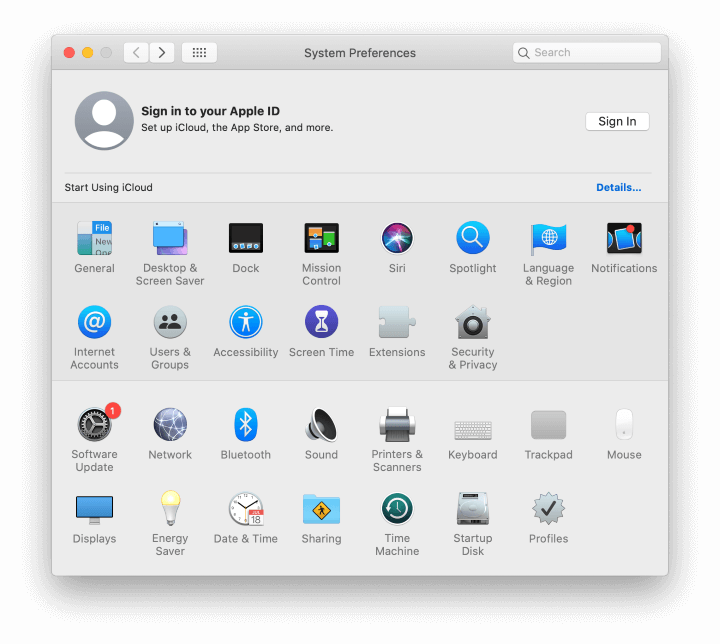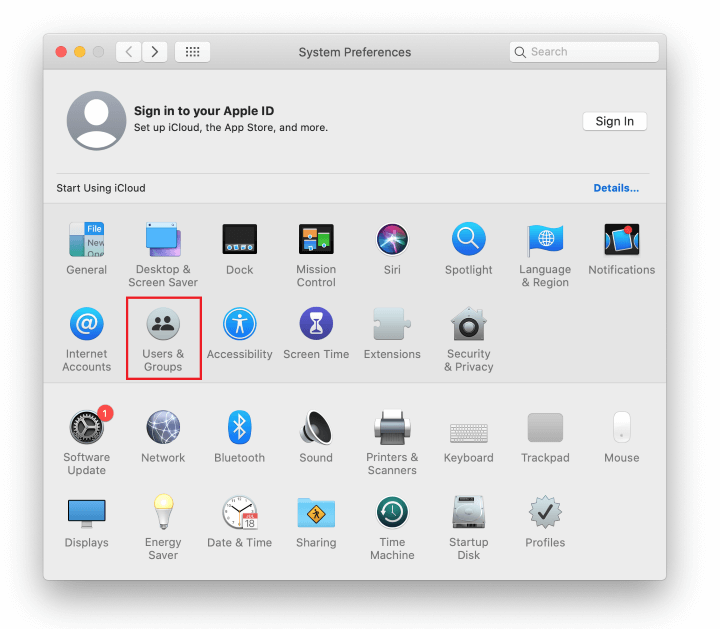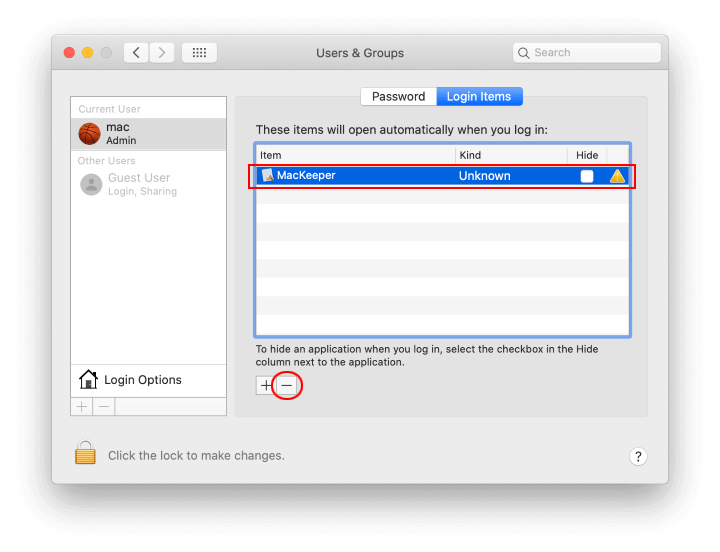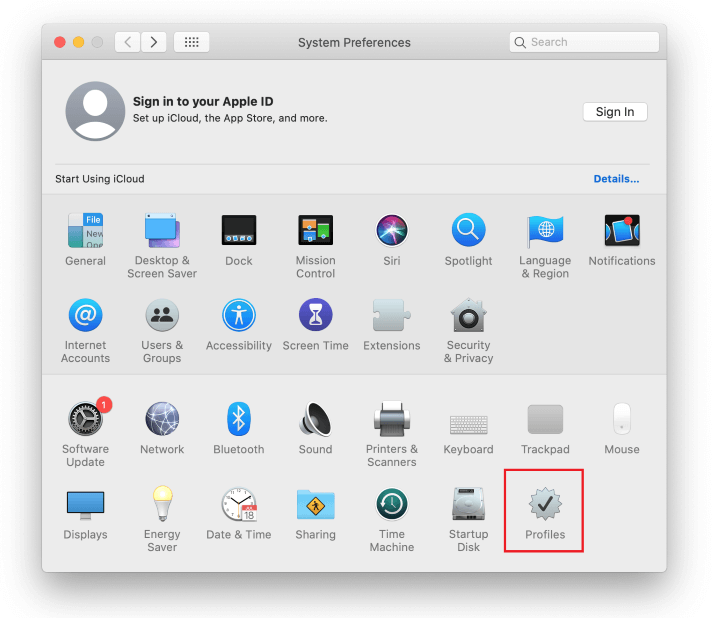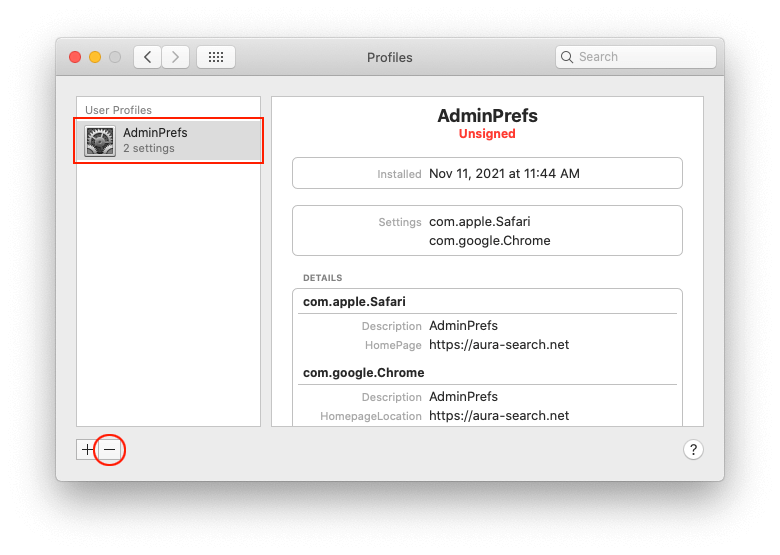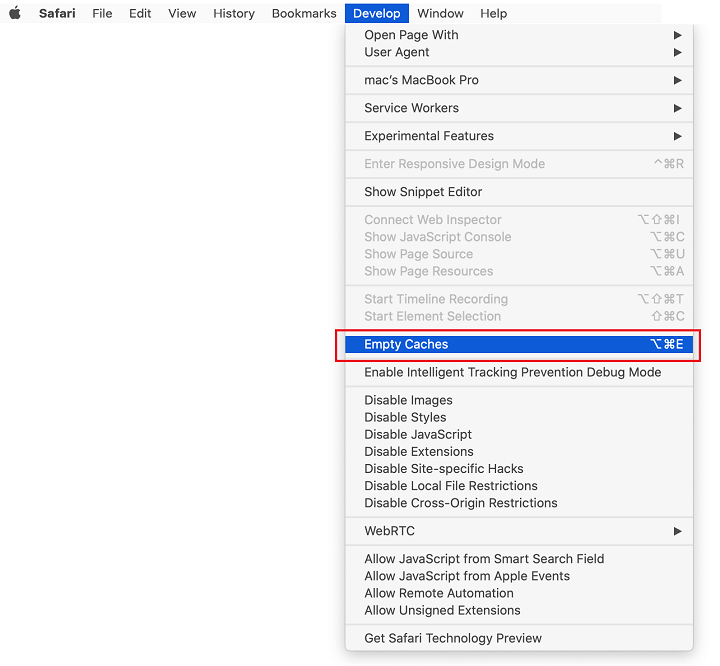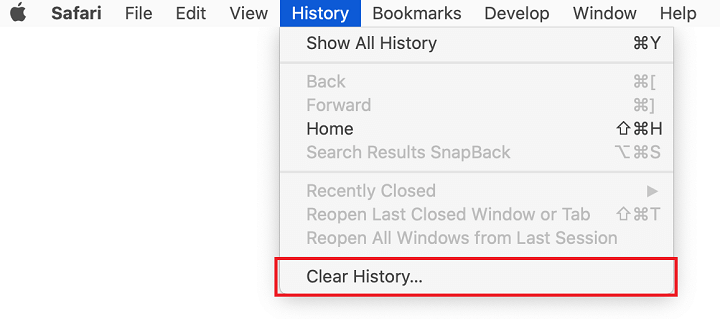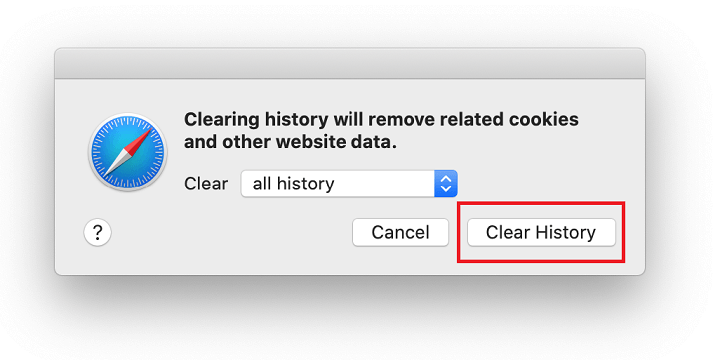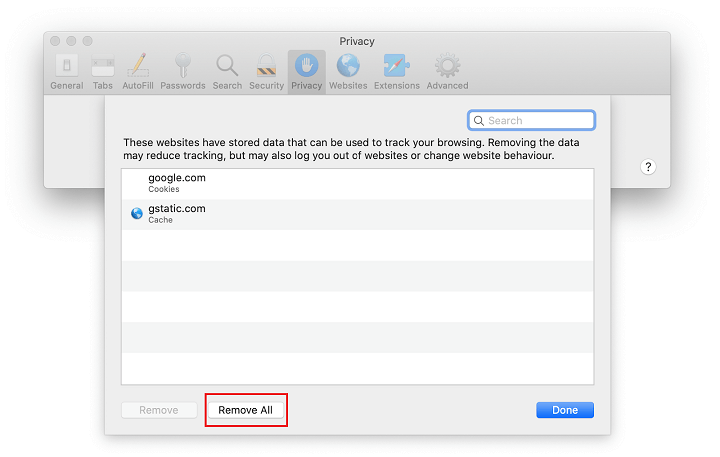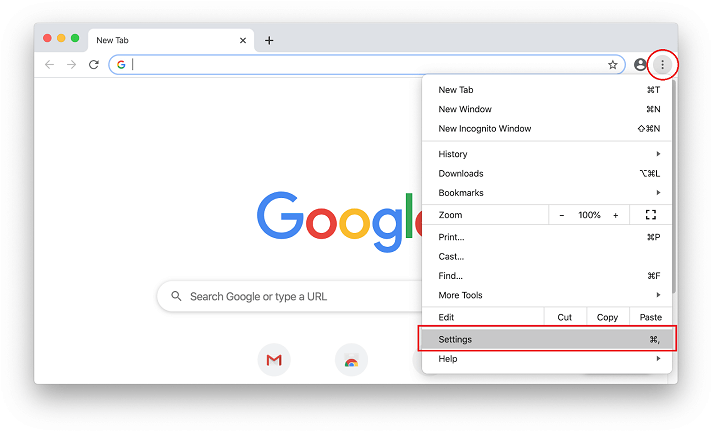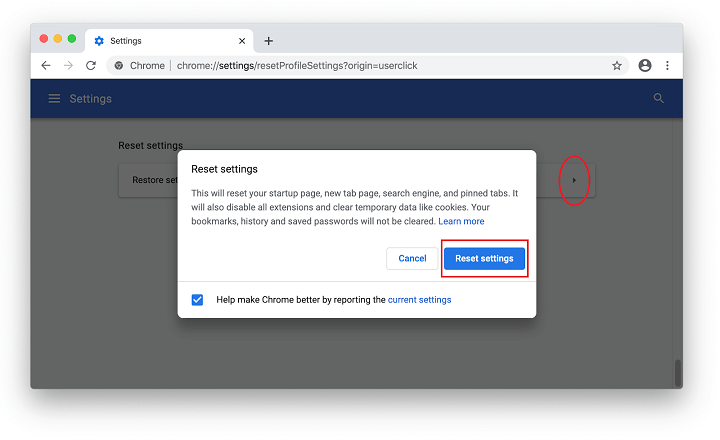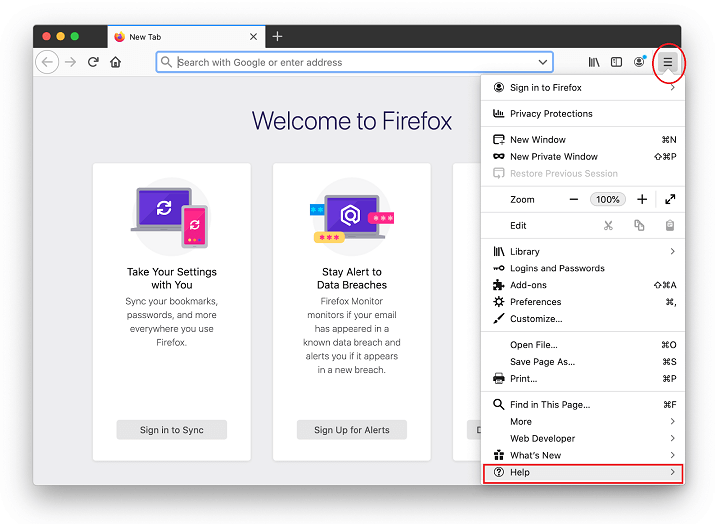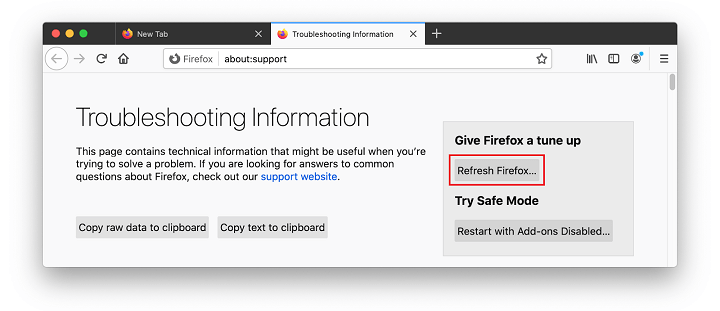The cesspool of Yahoo redirect activity has got another building block called searchtoolshub.com, which takes over web browsers on Macs without permission.
| Threat Profile | |
|---|---|
| Name | Search Tools Hub redirect virus |
| Category | Mac browser hijacker, Mac adware |
| IP Address | 107.22.0.227 |
| Related Domains | find.searchtoolshub.com, search3.searchgenieo.com |
| Symptoms | Redirects web searches to Yahoo via intermediate sites (ad networks), injects ads into search results, slows down the system |
| Distribution Techniques | Freeware bundles, torrents, fake software updates, misleading popup ads, spam |
| Severity Level | Medium |
| Damage | Privacy issues due to Internet activity tracking, search redirects, unauthorized modification of browsing preferences, unwanted ads |
| Removal | Scan your Mac with Combo Cleaner to detect all files related to the browser hijacker. Use the tool to remove the infection if found. |
What is find.searchtoolshub.com?
The most lucrative way to perpetrate cybercrime and largely stay out of the spotlight of law enforcement is to engage in browser hijacking. It’s relatively easy and not impactful enough to spark harsh response, and crooks know it. Recent reports about a surge in attacks featuring the searchtoolshub.com rogue service fit this context. When struck by this baddie, a web browser on a Mac computer starts sending traffic to a fake search engine without getting the green light from the user for doing so. Instead of displaying Google results or ones generated via another provider of choice when the victim enters queries in the URL bar, the browser resolves find.searchtoolshub.com. Safari, Chrome, and Firefox on Macs are equally susceptible to this exploitation.

On the face of it, the sketchy site resembles a garden-variety search engine where users are supposed to enter keywords and get relevant results. The giveaway, though, is that aside from forcibly replacing the default service specified by the victim, find.searchtoolshub.com forwards all queries to search.yahoo.com. This is a hallmark intrinsic to all browser hijackers from this lineage, including TapuFind, SafeFinder, Searchmine, and Chill-Tab. Obviously, malware operators’ ultimate goal isn’t about promoting Yahoo. It’s about monetizing the traffic generated in an underhand way through the use of harmful code.
The trick is that the skewed browsing path includes a notorious traffic aggregating network known as Genieo, which has been around for roughly a decade. Specifically, one of the interstitial pages observed during each redirect is search3.searchgenieo.com. Its role is to convert the unwarranted command over the browser into money through a series of advertising networks it has ties with. The address only shows in the URL area momentarily, as illustrated in the following screenshot. Nevertheless, it is a critical link in this shadowy scheme that forms its financial foundation. Technically, this is a complex mixture of application programming interfaces (APIs) that make revenue accumulate for Searchtoolshub authors.

There is one more facet of this campaign hidden in plain sight. Not only does the virus in question make a mess of the user’s online surfing, but it also supplies quite a bit of sensitive data to its masters. When running inside a system, it collects such information as the browsing history, personal accounts the person is accessing, the IP address, macOS version, hardware specifications, geolocation, and more. After being exfiltrated to a server under attackers’ control, these details are processed for victim screening. This, in turn, can lay the groundwork for phishing attacks or a higher level of identity theft.
To persevere, the Searchtoolshub virus uses a threefold strategy. It creates a new Login Item, a Launch Daemon, and a dodgy configuration profile. Whereas the first two are aimed at ensuring that the unwanted program runs at boot time, the third one keeps it active after what may seem to be a successful removal attempt on the user’s end. Therefore, it takes some thorough cleaning to defeat this culprit for good, definitely more than simply sending the suspect application to the Trash. The following sections shine the light on removal done right.
Searchwithpure.com virus manual removal for Mac
The steps listed below will walk you through the removal of this malicious application. Be sure to follow the instructions in the specified order.
- Expand the Go menu in your Mac’s Finder bar and select Utilities as shown below.

- Locate the Activity Monitor icon on the Utilities screen and double-click on it.

- In the Activity Monitor app, look for a process that appears suspicious. To narrow down your search, focus on unfamiliar resource-intensive entries on the list. Keep in mind that its name isn’t necessarily related to the way the threat is manifesting itself, so you’ll need to trust your own judgement. If you pinpoint the culprit, select it and click on the Stop icon in the upper left-hand corner of the screen.

- When a follow-up dialog pops up asking if you are sure you want to quit the troublemaking process, select the Force Quit option.

- Click on the Go menu icon in the Finder again and select Go to Folder. You can as well use the Command-Shift-G keyboard shortcut.

- Type /Library/LaunchAgents in the folder search dialog and click on the Go button.

- Examine the contents of the LaunchAgents folder for dubious-looking items. Be advised that the names of files spawned by malware may give no clear clues that they are malicious, so you should look for recently added entities that appear to deviate from the norm.
As an illustration, here are several examples of LaunchAgents related to mainstream Mac infections: com.updater.mcy.plist, com.avickUpd.plist, and com.msp.agent.plist. If you spot files that don’t belong on the list, go ahead and drag them to the Trash.

- Use the Go to Folder lookup feature again to navigate to the folder named ~/Library/Application Support (note the tilde symbol prepended to the path).

- When the Application Support directory is opened, identify recently generated suspicious folders in it and send them to the Trash. A quick tip is to look for items whose names have nothing to do with Apple products or apps you knowingly installed. A few examples of known-malicious folder names are com.AuraSearchDaemon, ProgressSite, and IdeaShared.

- Enter ~/Library/LaunchAgents string (don’t forget to include the tilde character) in the Go to Folder search area.

- The system will display LaunchAgents residing in the current user’s Home directory. Look for dodgy items related to searchtoolshub.com redirect virus (see logic highlighted in subsections above) and drag the suspects to the Trash.

- Type /Library/LaunchDaemons in the Go to Folder search field.

- In the LaunchDaemons path, try to pinpoint the files the malware is using for persistence. Several examples of such items cropped by Mac infections are com.pplauncher.plist, com.startup.plist, and com.ExpertModuleSearchDaemon.plist. Delete the sketchy files immediately.

- Click on the Go menu icon in your Mac’s Finder and select Applications on the list.

- Find the app that clearly doesn’t belong there and move it to the Trash. If this action requires your admin password for confirmation, go ahead and enter it.

- Expand the Apple menu and select System Preferences.


- Proceed to Users & Groups and click on the Login Items tab.
The system will display the list of items launched when the computer is starting up. Locate the potentially unwanted app there and click on the “-” (minus) button.

- Now select Profiles under System Preferences. Look for a malicious item in the left-hand sidebar. Several examples of configuration profiles created by Mac adware include TechSignalSearch, MainSearchPlatform, AdminPrefs, and Safari Preferences. Select the offending entity and click on the minus sign at the bottom to eliminate it.

If your Mac has been infiltrated by adware, the infection will most likely continue to hold sway over your default web browser even after you remove the underlying application along with its components sprinkled around the system. Use the browser cleanup instructions below to address the remaining consequences of this attack.
Get rid of find.searchtoolshub.com redirect virus in web browser on Mac
To begin with, the web browser settings taken over by the find.searchtoolshub.com virus should be restored to their default values. Although this will clear most of your customizations, web surfing history, and all temporary data stored by websites, the malicious interference should be terminated likewise. The overview of the steps for completing this procedure is as follows:
- Remove find.searchtoolshub.com from Safari
- Open the browser and go to Safari menu. Select Preferences in the drop-down list.

- Once the Preferences screen appears, click on the Advanced tab and enable the option saying “Show Develop menu in menu bar”.

- Now that the Develop entry has been added to the Safari menu, expand it and click on Empty Caches.

- Now select History in the Safari menu and click on Clear History in the drop-down list.

- Safari will display a dialog asking you to specify the period of time this action will apply to. Select all history to ensure a maximum effect. Click on the Clear History button to confirm and exit.

- Go back to the Safari Preferences and hit the Privacy tab at the top. Find the option that says Manage Website Data and click on it.

- The browser will display a follow-up screen listing the websites that have stored data about your Internet activities. This dialog additionally includes a brief description of what the removal does: you may be logged out of some services and encounter other changes of website behavior after the procedure. If you’re okay with that, go ahead and click on the Remove All button.

- Restart Safari
- Open the browser and go to Safari menu. Select Preferences in the drop-down list.
- Remove find.searchtoolshub.com in Google Chrome
- Open Chrome, click the Customize and control Google Chrome (⁝) icon in the top right-hand part of the window, and select Settings in the drop-down

- When on the Settings pane, select Advanced
- Scroll down to the Reset settings section.

- Confirm the Chrome reset on a dialog that will pop up. When the procedure is completed, relaunch the browser and check it for malware activity.

- Open Chrome, click the Customize and control Google Chrome (⁝) icon in the top right-hand part of the window, and select Settings in the drop-down
- Remove find.searchtoolshub.com redirect in Mozilla Firefox
- Open Firefox and go to Help – Troubleshooting Information (or type about:support in the URL bar and press Enter).


- When on the Troubleshooting Information screen, click on the Refresh Firefox button.

- Confirm the intended changes and restart Firefox.
- Open Firefox and go to Help – Troubleshooting Information (or type about:support in the URL bar and press Enter).
Get rid of searchtoolshub.com virus using Combo Cleaner removal tool
The Mac maintenance and security app called Combo Cleaner is a one-stop tool to detect and remove searchtoolshub.com virus. This technique has substantial benefits over manual cleanup, because the utility gets hourly virus definition updates and can accurately spot even the newest Mac infections.
Furthermore, the automatic solution will find the core files of the malware deep down the system structure, which might otherwise be a challenge to locate. Here’s a walkthrough to sort out the searchtoolshub.com issue using Combo Cleaner:
- Download Combo Cleaner installer. When done, double-click the combocleaner.dmg file and follow the prompts to install the tool onto your Mac.
By downloading any applications recommended on this website you agree to our Terms and Conditions and Privacy Policy. The free scanner checks whether your Mac is infected. To get rid of malware, you need to purchase the Premium version of Combo Cleaner.
- Open the app from your Launchpad and let it run an update of the malware signature database to make sure it can identify the latest threats.
- Click the Start Combo Scan button to check your Mac for malicious activity as well as performance issues.

- Examine the scan results. If the report says “No Threats”, then you are on the right track with the manual cleaning and can safely proceed to tidy up the web browser that may continue to act up due to the after-effects of the malware attack (see instructions above).

- In case Combo Cleaner has detected malicious code, click the Remove Selected Items button and have the utility remove searchtoolshub.com threat along with any other viruses, PUPs (potentially unwanted programs), or junk files that don’t belong on your Mac.

- Once you have made doubly sure that the malicious app is uninstalled, the browser-level troubleshooting might still be on your to-do list. If your preferred browser is affected, resort to the previous section of this tutorial to revert to hassle-free web surfing.
